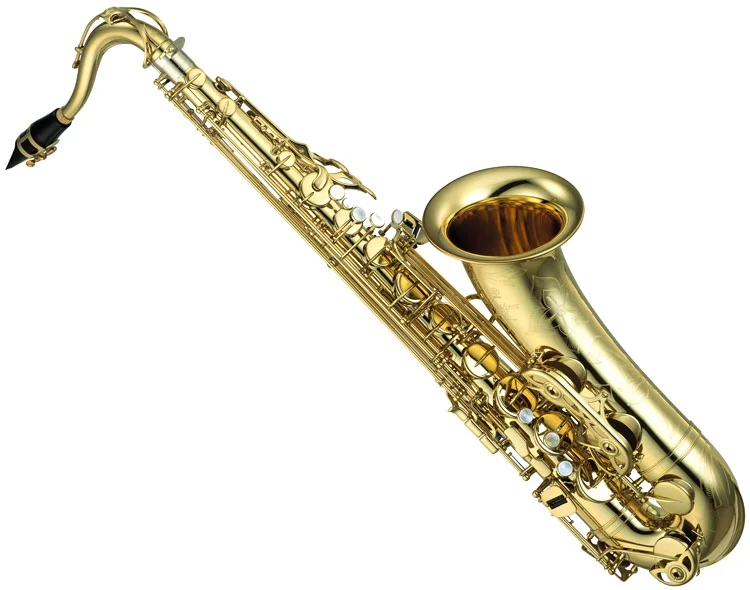Many applicants are almost apoplectic about what qualities they should highlight in their applications to gain an edge in the admissions offices across the broad universe of colleges.
In fact, in a column over five years ago, http://www.gazettes.com/news/education/college-counselor-ranking-factors-for-admission/article_ac807c5c-9608-11e1-b598-0019bb2963f4.html, we outlinedthe factors the NACAC (National Association of College Admissions Counselors) surveyedand discovered what many admissions offices found extremely important. NACAC’s recent research (https://www.nacacnet.org/globalassets/documents/publications/research/soca_chapter3.pdf) reveals the following factors as most influential when reviewing candidates:
Grades in College Prep Courses 79% listed as highly important
Strength of Curriculum and all course grades 60%
Admission test scores 53%
Yet by no means are the NACAC criteria gospel, nor do they claim they are. Lots of ‘institutional characteristics’ influence ‘admissions factors,’ which is a fancy way of saying don’t take a list of factors and attempt to make the admissions process formulaic.
The Shumsky Center in Houston compiled its own list of admissions factors it felt most influential in many admissions decisions, with its own disclaimer that school priorities change every year and with it the weight of these factors in the prospective school list. Several factors appear on Shumsky’s list that are not even on the NACAC list.
Interestingly at the top of the Shumsky list is ‘Special Talents or Skills’. If a candidate has, say, discovered how to control fusion for use as a low cost power source, obtained patents, and along the way won the Siemens Prize (without divulging too many secrets), that student will likely be able to select among whichever universities he or she decides regardless of grades or standardized test scores. The special talents or skills extend to athletes. Most of us are familiar with the basketball mavens who stop for a year on campus before heading to the NBA, such UCLA stars as Kevin Love (2008) and Lorenzo Ball (2017) brought and departed quickly with their special skills.
In music, certain programs at Carnegie Mellon or Northwestern might need oboe players. One year an exceptional saxophone player with unimpressive grades and test scores gained admission, with full scholarships, to USC and UCLA. Another interesting illustration of special talents was an applicant keenly interested in attending Notre Dame who had had a lackluster academic career but still a strong longing. He was also over 6’5”. Luckily the Irish Guard, a contingency of 10 students dressed in Scottish regalia that leads the Notre Dame Football team out on the field for each home game, had just graduated 4 members and they needed replacements with ‘stature.’ At the time (prior to 2014) there were height requirements and this candidate fit the bill nicely.
Number 2 on the list is one often overlooked: “Geographic Origin, Race, Ethnicity and Socio-Economic Background.” Most colleges want to develop a reputation as a vibrant, national, if not international bastion of higher learning. To do this they need students from, preferably, all 50 states and as many international countries as they can attract. Most campuses also want to avoid being perceived as homogenous and are looking for candidates across racial, ethnic and socio-economic lines (moreover, universities are under pressure from state and federal governments to enroll applicants across these lines). An easy way to discover a school’s demographics is by going to College Navigator (US Government National Center for Educational Statistics) and clicking on ‘Enrollment’. For Denison College (Ohio), you’ll find 4% Asian; 7% African-American; 9% Hispanic; and 66% White. The graduation rate, by demographic group, is also available.
The best thing when sending in an application is to be different. None of us knows what each individual school is looking for. It could be a pole vaulter, saxophone player, or a tall major for its Irish Guard. To expand your list of acceptances, turn to colleges in the Midwest or far afield where a California pedigree is unusual and, possibly, in demand. The admissions process is far from formulaic: concoct your own formula.

